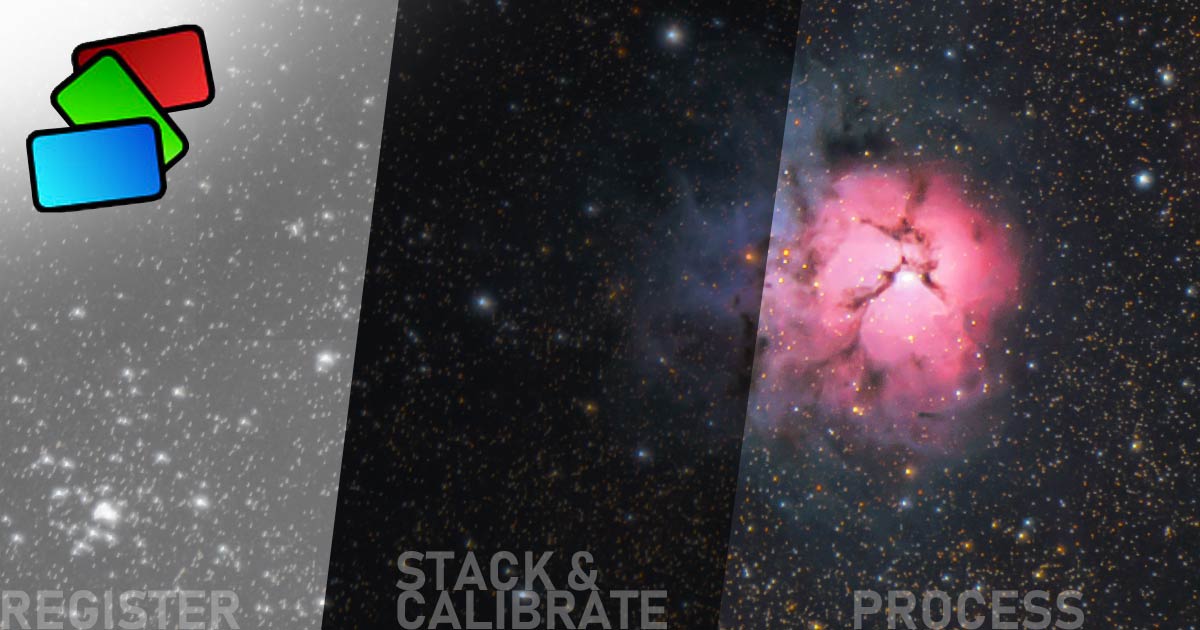

You generally want to have the “Linear” option ticked if you are doing this. Finally, if you want to manually stack the images using a program like Photoshop, and would just like the aligned tif files so that you don’t need to align them manually, then you can choose the “Align only” option which will output aligned tif files for you to import into your post processing software. If there have been a lot of extra distractions in your image that you want to have removed, such as plane/helicopter light trails or shooting stars, then click on the “select best pixels” option for sky stacking or if you are stacking sky and ground, click on “freeze ground” and then “selective”. If you want just the sky stacked, choose “Accumulation” or if you want the program to stack the sky and foreground choose “Freeze Ground”. These options allow you to specify whether you want Sequator to stack for star trails (“Trails”), just for sky stacking (“Align Stars”) or for stacking of the sky and foreground. To do this, first click on the “Composition” segment of Sequator. Next, you need to specify which segment of the image is foreground vs sky. tif files in a separate folder so that I could find them easily later. Selecting all images and syncing the settings, I then saved them all as. I also made sure there was no noise reduction applied and removed any sharpening (which is usually set at 40 by Camera Raw). I left the lens distortion on deliberately as I find Sequator does a good job of stacking and correcting for the lens distortion. In this particular image I did some temperature adjustment to cool the image down a bit, bumped up the whites and highlights a touch and added a small amount of dehaze. My first step in the stacking process is to do some very basic edits in Camera Raw (or Lightroom / Luminar), which can be found with Photoshop. The final 3 images were taken with the same settings, however I used a soft torch light to illuminate segments of the bridge for 2-3s at a time.

These were shot at 10s, f1.8 on a Sigma 14mm Art lens using my Nikon D850 and a Sirui tripod. The first 10 images were simply images of the night sky.

On the night, I took 13 images in total for this one composition. I’ll be using the images I took at Kilcunda Bridge (Victoria, Australia) and I’ll be taking you through my whole process. Note that these programs are specifically designed for stacking astrophotography, with Sequator also being designed to handle images with foregrounds. Similar programs exist for Apple users, for example “Starry Sky Stacker”.
#Star stacking software Pc#
Since I’m a PC user, I use the program “Sequator”. I’ll be starting with the automatic technique. This week I wanted to run through one of the techniques I use to stack. In my last blog post, I discussed the benefits of photo stacking.


 0 kommentar(er)
0 kommentar(er)
